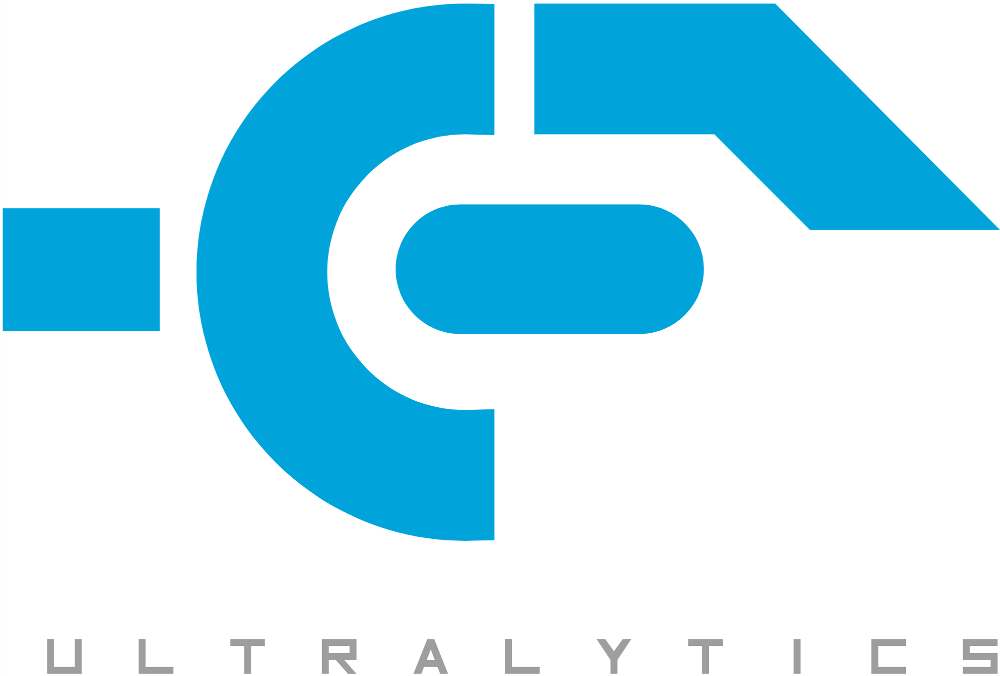Do you have correct labels?
Open Tinatchen opened 6 years ago
Do you have correct labels?
I have the same problem. The score is very small somehow.
171206_033632249_Camera_6.jpg 1806,2031,2260,2715,0 1762,1324,2343,1850,0 1757,1401,1865,1573,0
This is my label file, I changed the classes to 7 classes. I loaded pretrained model to train and trained 40000 pictures, but performs badly with my own model.
but the model performs well with coco classes, and the inference result with pretrained model is good.
@ClovisChen
@qqwweee thank you for your model, sorry I did not see darknet53 weights before.
After trained 13 epochs, the task is stopped by itself. the train-loss and val loss is 140-150 with the 1024 1024 input shape. Train-loss and val-loss is 30-37 with 512 512 input shape. Train-loss and val-loss is 7-13 with 256*256 input shape.
I am trying to load darknet53 weights, with freezing layers and no freezing layers. I will stick my model performance when I finish my model training.
@ClovisChen
I converted yolov3.weight to yolo.h5, and loaded it to train.
yolo.h5 is 80 classes, your model is 7 classes, use pretrained yolo.h5 to train your model, is that possible? But loss is so low, why?
@cooli7wa
when yolo.h5 is loaded, the freezing layers is not include the last 3 layers. So the class numbers can be changed.
my loss is low and stable, but the performance is terrible, the score is 0-0.03, and the bounding boxes are not in the right place. I am trying to figure it out.

I am trying to load darknet53 weights for training now.
@ClovisChen Sorry, I still can't understand.
# => different class numbers should create different model_body?
model_body = yolo_body(image_input, num_anchors//3, num_classes)
...
# => So why dismatch weights can load into model? because of skip_mismatch=True?
model_body.load_weights(weights_path, by_name=True, skip_mismatch=True)
if freeze_body:
# Do not freeze 3 output layers.
# => why just not freeze last 3 output layers? model get 3 outputs, y1,y2,y3, but why only y3 not freeze?
for i in range(len(model_body.layers)-3):
model_body.layers[i].trainable = FalseThank you for your reply
@cooli7wa
if freeze_body:
# => Do not freeze 3 output layers.
for i in range(len(model_body.layers)-3):
model_body.layers[i].trainable = Falsewhen load the pretrained model, the last 3 layers are not loaded.
def yolo_body(inputs, num_anchors, num_classes):
"""Create YOLO_V3 model CNN body in Keras."""
darknet = Model(inputs, darknet_body(inputs))
# => this is the last 3 layers: 1/3
# => the out_filters is num_classes + 5
x, y1 = make_last_layers(darknet.output, 512, num_anchors*(num_classes+5))
x = compose(
DarknetConv2D_BN_Leaky(256, (1,1)),
UpSampling2D(2))(x)
x = Concatenate()([x,darknet.layers[152].output])
# => this is the last 3 layers: 2/3
x, y2 = make_last_layers(x, 256, num_anchors*(num_classes+5))
x = compose(
DarknetConv2D_BN_Leaky(128, (1,1)),
UpSampling2D(2))(x)
x = Concatenate()([x,darknet.layers[92].output])
# => this is the last 3 layers: 3/3
x, y3 = make_last_layers(x, 128, num_anchors*(num_classes+5))
return Model(inputs, [y1,y2,y3])the function make_last_layers adapt the num_classes by out_filters. So we can change the num_classes.
@ClovisChen Thank you, I need time to think about it.
Need a tutorial about training own dataset(including label tool) seriously for beginers.
https://github.com/experiencor/keras-yolo3 This repo gave me a much better performance with the same dataset.
Hey, I faced the same issue when training for my own classes: I was training only the last layers (frozen model) and loss went down quickly but the inference results remained quite bad. It turned out that I just have not trained long enough, so maybe just try out training for ~150 epochs and remove the early stopping. Even if the loss is not decreasing much the model makes some progress.
I also created a fork wich implements training with bottleneck features. This calculates the output of the frozen layers first (bottleneck features) and then trains only the last layers very quickly (about 30 times faster on my laptop). This makes the training much quicker, even on a CPU, and you can try different training parameters.
Code for it can be found here: https://github.com/stefanbo92/keras-yolo3
@qqwweee I created a pull request if you like to merge this
@stefanbo92 thanks for the effort. I tried your code, but it seems it is only available when the dataset size is small. In my case, I have a big dataset, and calculating the last layer features for all of them causes a memory issue and forces my program to be killed. Do you have any suggestions on how to get around this?
You are right, the bottleneck training works only if you can load all the training data into memory and is especially well suited for smaller datasets. However, you could still precompute the bottlenecks for all your images and instead of saving it as one large file, you can save one bottleneck value set for each image and then rewrite the generator so it will load these "single" bottlenecks.
@ClovisChen @overfitover @bzhong2 @qqwweee @cooli7wa @stefanbo92 @jyqian-aibee this YOLOv3 tutorial may help you: https://github.com/ultralytics/yolov3/wiki/Train-Custom-Data
The accompanying repository works on MacOS, Windows and Linux, includes multigpu and multithreading, performs inference on images, videos, webcams, and an iOS app. It also tests to slightly higher mAPs than darknet, including on the latest YOLOv3-SPP.weights (60.7 COCO mAP), and offers the ability to train custom datasets from scratch to darknet performance, all using PyTorch :)
https://github.com/ultralytics/yolov3
 |

|
|---|
I changed train classes to 7 classes, but got a terrible model.